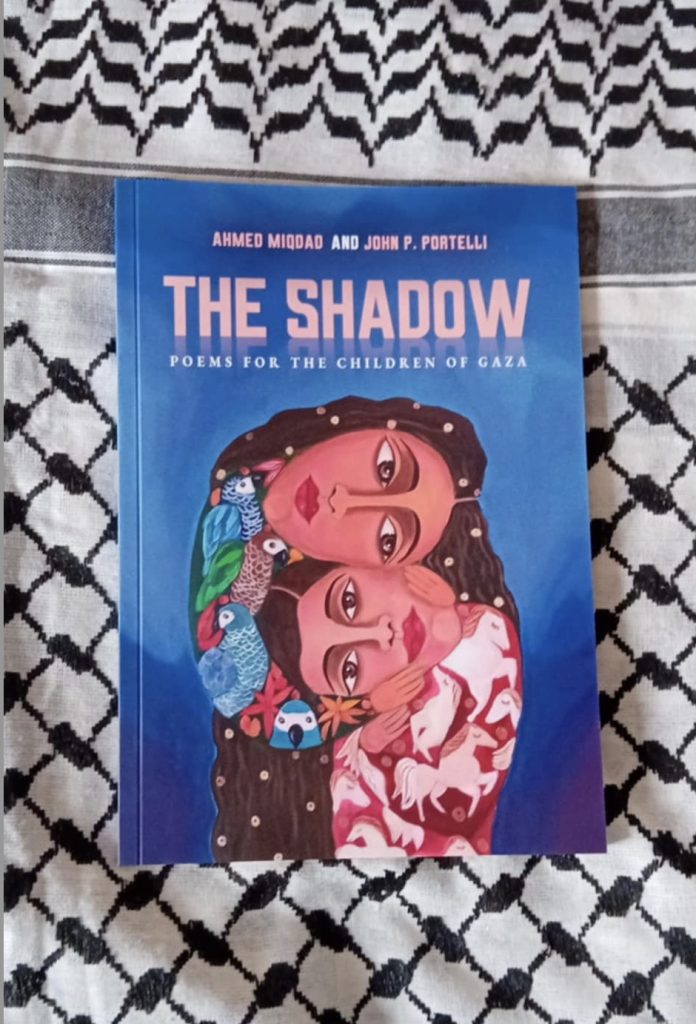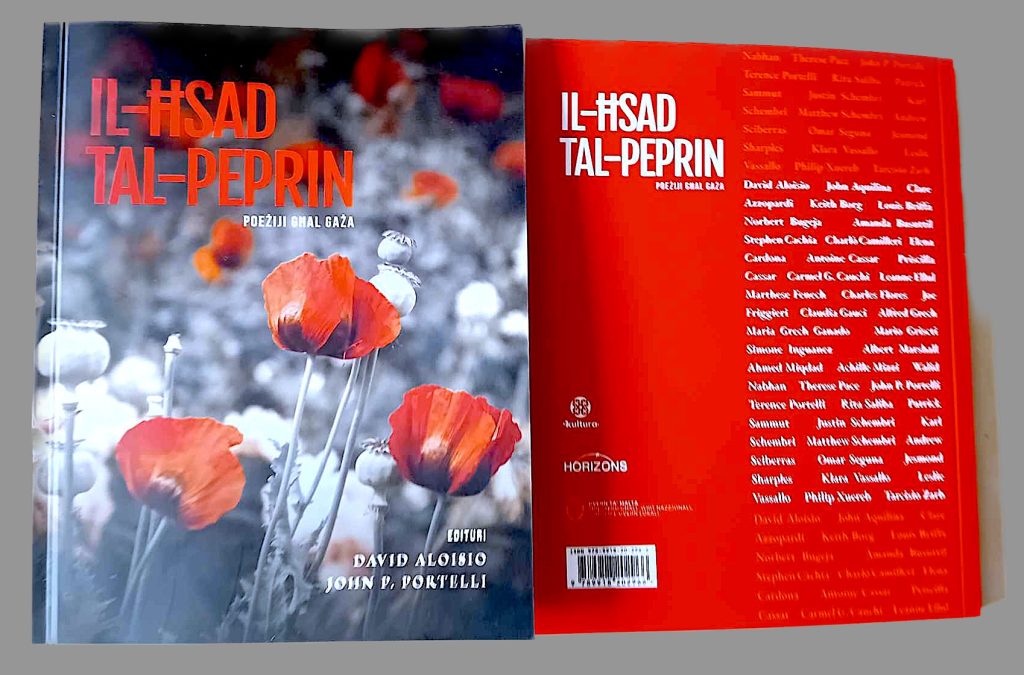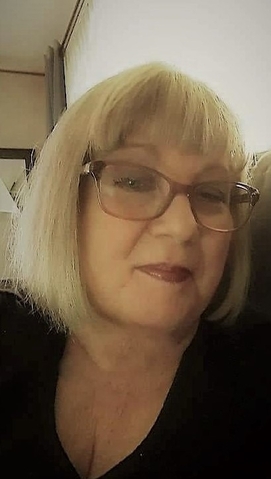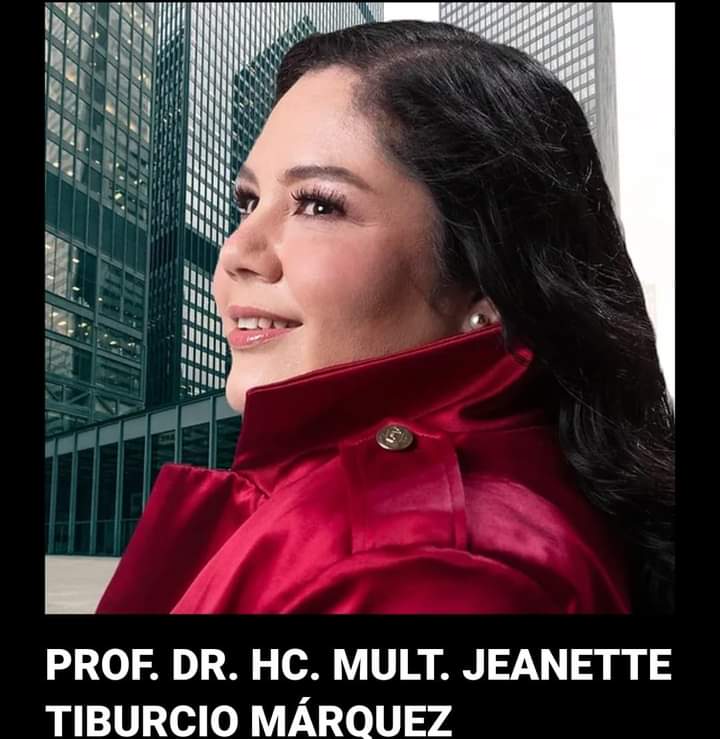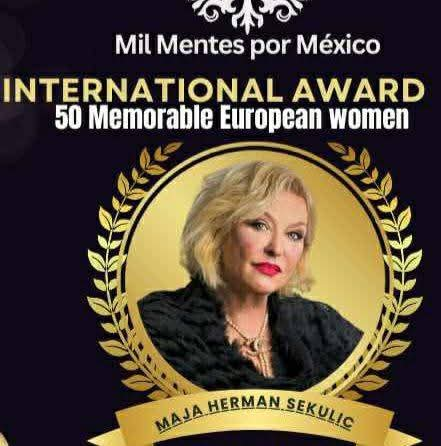
Exclusive interview with writer, Dr. Maja Herman Sekulić in the Serbian electronic magazine AREA FELIX!
In the latest issue of AREA FELIX, editor Maja Milojković presents a special conversation with the most awarded Serbian writer in the world and a candidate for the Nobel Prize in Literature, the esteemed author Maja Herman Sekulic.
Her thoughts and words illuminate the essence of literary creation and its role in today’s world.
1. Being nominated for the Nobel Prize is an exceptional honor. How did you experience this nomination, and what does it mean to you as a writer and intellectual?
MHS: The chances are slim, but the honor is immense—the greatest! I have no illusions that this could happen on the first attempt. I remember that Kipling, for example, was nominated 21 times, and as for our writers, we do not know how many times Andrić or Krleža were nominated! Or Kiš?
2. Your academic journey is impressive—you are the first Serbian woman to earn a PhD from Princeton. How has this experience shaped your literary and translation work?
MHS: I also have two master’s degrees, which is equivalent to another full doctorate, and I have now received an honorary doctorate from Mexico as well. I was engaged in translation before and during my studies, and I devoted a full decade to literary theory while writing my doctorate and teaching at the world’s top universities. I believe that translation is perhaps the best school of creative writing.
3. Your role as Vice President of the International Academy of Ethics in India and as a cultural ambassador under UNESCO speaks to your global influence. How do you see the responsibility of artists in promoting ethics and culture?
MHS: That is perhaps the greatest responsibility of artists, especially today, in the era of internet and now at the dawn of artificial intelligence, where ethical norms are not yet fully defined! Our Academy aims to introduce ethics as a subject in schools, and we have already made some progress. Recently, I chaired a two-day international conference in Pune, which is considered the Oxford of India. The response was enormous, and the conference was very successful.
4. Your books and studies are part of university curricula worldwide. Is it important to you that your works have academic relevance, or do you strive more for artistic freedom?
MHS: That depends on the genre. It’s like comparing apples and oranges.
I have artistic freedom when writing poetry and fiction, but I am academically responsible when writing essays on literary theory!
5. Your poetry is globally recognized, and you hold the title of a “Global Icon of Poetry.” What does poetry mean to you, and how do you see its role in today’s world?
MHS: Above all, I see myself as a poet. Even when writing artistic prose or fiction, my prose nurtures a poetic rhythm within the sentence. Poetry is the highest reflection of language and inner spirituality, and as such, it should illuminate our path—but without being overtly didactic, for then it becomes prose, and there are already too many such attempts, especially among so-called Facebook poets.
6. What have been the most inspiring moments in your career, whether through encounters with great literary figures or through the recognition you have received?
MHS: I have had and continue to have a very rich life—I was surrounded by great names from an early age. My father and grandfather are historical figures, and perhaps that is why I do not recognize authority, and perhaps that is also why I engage as an equal conversational partner with the world’s greatest figures, who also accept me as their equal.
7. Your novel about famous Serbo-Italian artist “Nine Lives of Milena Pavlović Barilli” is soon to be released in its second Italian edition and adapted into a film. How did you approach Milena’s character, and what fascinated you most about her story?
MHS: Not the second, but the third edition in Italy in a short time, and it was also declared the “Best Foreign Novel” there in 2022. I was particularly fascinated by a deep, intuitive connection I felt with Milena Pavlović Barilli, and later, during my research for my novel, I discovered numerous biographical parallels between us. For example, my grandfather, also a famous painter, studied at the same Academy in Munich and then fled to Paris, or I moved to the same corner of the same street where she lived in New York City before I was invited to write about her! There are no chances, no coincidences, just some parallels and synchronicities!
8. In your collection of essays and interviews “Sketches for Portraits”, you reflect on encounters with greats like Frye, Bloom, and Brodsky. Which conversation or meeting left the strongest impression on you, and why?
MHS: These were not mere encounters but years-long friendships, collaborations, and even loves. I wrote my master’s thesis on Frye and was the first to translate him into Serbian, and he included our conversation in his Collected Works. I corresponded with Bloom while translating him, and later, American Poet Laureate Mark Strand introduced us. We became so close that Bloom called me his spiritual daughter. With Brodsky, I shared an almost familial closeness and an intense recognition on his part. All of this is compiled in my book “Sketches for Portraits”, which has now reached its fourth edition.
9. How do you perceive today’s literary scene in Serbia and the world? Is there an author or movement you find particularly significant in contemporary literature?
MHS: I do not follow it closely, but there is always both good and bad literature. Facebook, for instance, has brought us an overproduction of so-called poetry that is not really poetry but has also connected us to the poets from every nook on the planet!
10. Your work serves as a bridge between cultures, languages, and artistic disciplines. If you could leave one message for future generations of artists and writers, what would it be?
MHS: Yes, I have been building bridges for over 30 years and have been a multiple ambassador of poetry, culture, and goodwill worldwide. Building bridges and understanding through culture should be our higher goal! As for writing, read as much as possible, and before publishing anything, let it rest for a while to gain critical distance from your own work—that is the most important thing!
February 17, 2025
Belgrade, Serbia
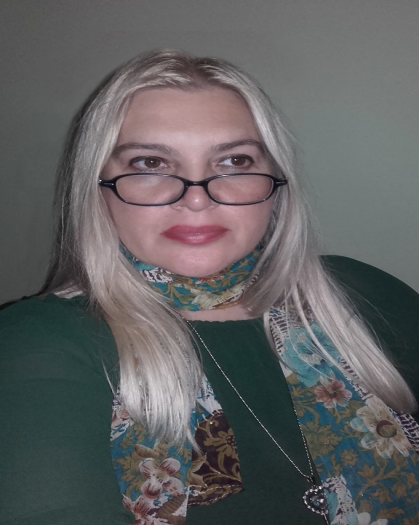
******
Srbija
Ekskluzivni intervju sa prof. dr Majom Herman Sekulić u elektronskom magazinu AREA FELIX iz Srbije!
U novom broju AREA FELIX-a, urednica Maja Milojković donosi vam poseban razgovor sa cenjenom književnicom i profesorkom dr Majom Herman Sekulić, čije misli i reči osvetljavaju suštinu književnog stvaralaštva i njegovu ulogu u današnjem svetu.
1.
Biti nominovan za Nobelovu nagradu je izuzetno priznanje. Kako ste doživeli tu nominaciju i šta ona znači za vas kao književnicu i intelektualku?
MHS: Šanse su male ali čast je velika, najveća! Nemam nikakve ilizije da se to može desiti iz prvog pokušaja. Zapamtila sam da je Kipling, recimo, bio kandidovan 21 put, a od naših pisaca ne znamo koliko puta su Andrić ili Krleža bili kandidovani! Ili Kiš?
2. Vaš akademski put je impresivan – prva ste Srpkinja koja je doktorirala na Prinstonu. Kako je to iskustvo oblikovalo vaš književni i prevodilački rad?
MHS: Ja imam i dve magistrature što je jednako još jednom pravom doktoratu, a sada sam dobila, počasni doktorat iz Meksika. Bavila sam se prevođenjem i pre i za vreme studija, a teorijom književnosti punu deceniju i dok sam pisala doktorat i predavala na najboljim univerzitetima na svetu. Mislim da je prevođenje možda najbolja škola kreativnog pisanja.
3. Vaša uloga potpredsednika Internacionalne Akademije etike iz Indije i ambasadora kulture pod Uneskom govori o vašem globalnom uticaju. Kako vidite odgovornost umetnika u promovisanju etike i kulture?
MHS: To je možda najveća odgovornost umetnika posebno danas u vreme interneta i sada na početku ere veštačke inteligencije gde i kada etičke norme jos nisu sasvim definitivne! Naša Akademija želi da uvede etiku kao predmet i u škole i već je po malo i uspela. Nedavno sam predsedavala dvodnevnoj međunarodnoj konferenciji u Pune, koji se smatra Oksfordom Indije. Odziv je bio ogroman i konferencija veoma uspesna.
4. Vaše knjige i studije deo su univerzitetskih programa širom sveta. Da li vam je važno da vaša dela budu i akademski relevantna, ili više težite umetničkoj slobodi?
MHS: To zavisi od žanra. I to su kruške i jabuke.
Ja sam umetnički slobodna kada pišem poeziju i fikciju, a akademski odgovorna kada pišem eseje iz teorije knjizevnosti!
5. Vaša poezija je priznata na globalnom nivou, a nosite titulu “Globalne ikone poezije”. Šta poezija znači za vas, i kako je vidite u današnjem svetu?
MHS: Pre svega vidim sebe kao pesnika i kada pišem umetničku prozu ili fikciju moja proza neguje pesnicki ritam u rečenici. Poezija je najviši odraz jezika ali i unutrašnje duhovnosti i kao takva treba da nam osvetljava put, ali da pri tome izbegava otvorenu didaktičnost jer to je onda proza a takvih pokušaja je previše naročito među tzv Facebook poets.
6. Koji su vam trenuci u karijeri bili najinspirativniji, bilo kroz susrete sa velikim imenima književnosti ili kroz priznanja koja ste dobili?
MHS: Imala sam i imam veoma bogat život – od malih nogu sam bila okružena velikim imenima, moj otac i deda su istorijske licnosti, i možda zato ne priznajem autoritete, a i možda sam zato ravnopravni sagovornik sa najvećim imenima sveta pa me oni kao takvu i prihvataju.
7. Vaš roman Devet života Milene Pavlović Barili uskoro dobija drugo italijansko izdanje i filmsku adaptaciju. Kako ste pristupili Mileninom liku i šta vas je posebno fasciniralo u njenoj priči?
MHS: Ne drugo, nego treće izdanje u Italiji za kratko vreme, a tu je i bio proglašen za “najbolji strani roman” 2022. Posebno me fascinirala neka duboka bliskost koju sam intuitivno osećala sa Milenom Pavlović Barilli, a potom i otkrivanje mnogobrojnih biografskih paralela koje sam otkrivala između nas. Naprimer moj deda, takođe poznati slikar studirao je na istoj akademiji u Minhenu, a zatim pobegao u Pariz, ili recimo da sam se preselila u isti ugao i istu ulicu u kojoj je ona živela u Nju Yorku pre nego što su me pozvali da pišem o njoj! Nema šanse, nema slučajnosti, samo neke paralele i sinhronosti.
8. U vašoj kolekciji eseja i intervjua “Skice za portrete”, osvrćete se na susrete sa velikanima poput Fraja, Bluma i Brodskog. Koji razgovor ili susret vam je ostao najupečatljiviji i zašto?
MHS: To nisu bili susreti nego višegodisnja druženja, prijateljstva, saradnje pa i ljubavi. O Fraju sam pisala magistarski rad i prva ga prevodila na srpski, a on je naš razgovor uvrstio u svoja Sabrana dela. Sa Blumom sam se dopisivala dok sam ga prevodila a potom me s njim upoznao američki pesnik laureat Mark Strend. Postali smo toliko bliski da me je Blum zvao duhovnom kćeri.
Sa Brodskim delim isto skoro porodičnu bliskost i prepoznavanje s njegove strane. Sve je to sabrano u mojoj knjizi “Skice za portrete”, koja je evo dozivela i 4. izdanje.
9. Kako doživljavate današnju književnu scenu u Srbiji i svetu? Postoji li autor ili pokret koji smatrate posebno značajnim u savremenoj literaturi?
MHS: NE pratim pomno, ali uvek ima dobre i loše literature, a to nam je doneo i Facebook – hiperprodukciju poezije koja to nije.
10. Vaš rad je most između kultura, jezika i umetničkih disciplina. Ako biste mogli ostaviti jednu poruku budućim generacijama umetnika i pisaca, šta bi to bilo?
MHS: Da, gradim mostove već preko 30 godina i višestruki sam ambasador poezije, kulture, i dobre volje u svetu. Izgradnja mostova i razumevanje kroz kulturu treba da bude naš viši cilj.
Inače, za pisanje čitajte što više a pre nego što nešto objavite i ostavite ga da miruje neko vreme da biste dobili kritičku distancu prema sopstevom delu što je najvažnije!
17. feb 2025.god.
Beograd, Srbija
******

